Roman Polanski's What? (Che?)
Roman Polanski's surreal sex comedy 'What?' needs to be seen in historical context to be understood. The late 1960's was a time when creativity and 'stream of consciousness' surrealism was at its height. TV had already reflected this trend to a degree with programmes like 'The Avengers' and to a greater extent 'The Prisoner'. Even 'The Monkees' were at it with their miscalculated Jack Nicholson penned 'Head'.
Literature was spear-heading the revolution with William Burroughs delivering up some his most impressive works using cut up techniques borrowed from the art world ('The Soft Machine', 'Nova Express' and 'The Ticket that Exploded') and JG Ballard was hot on his tail with his remarkable Freudian outing, 'The Atrocity Exhibition'. Even sci-fi stalwart Michael Moorcock followed suit with his more surreal works like 'A Cure for Cancer'. Polanski's 'What' can be seen as a part of this oeuvre, though is actually a closer bed-fellow to Terry Southern's 'Candy' with its ribald 'Alice in Wonderland' narrative.
Severin Films, who have released the film here in the UK, have focused their publicity on the more outrageous ingredients on offer. Here's a quote from the accompanying publicity: "Sydne Rome stars as an oft-naked American girl lost inside a Mediterranean villa inhabited by priests, pianists, perverts and a syphilitic pimp (Marcello Mastroianni) while indulging in madcap acts of gang rape, sodomy and ping-pong." Well, maybe they know how to market DVD's better than I but to describe the film merely as a sum of those particular parts (all the above are only implied, never explicit and often comically set) is to do it an incredible disservice.
'What' is actually a rather impressive piece which, as long as you are not too easily offended, is a fantastic movie - beautifully set, tightly directed, and, for the most part, fairly captivating. It's a very strange mix of dreamlike set pieces and ribald, often surreal comedy. As I say, very much of its time.
Polanski famously made the movie in-between 'Macbeth' (1971) and 'Chinatown' (1974) and it didn't see the light of day (more or less) in the US until Polanski was forced to leave the country a couple of years later. 'What' was swiftly re-edited and retitled as 'Diary of Forbidden Dreams' with the suggestion that it reflected "the erotic fantasies of the world's most notorious filmmaker." Which, to be fair, it may well have done.
So what is 'What?' about? Well, Synde Rome plays an exceptionally naïve American tourist who, at the film's opening, has accepted a lift with some dodgy Italians. Whilst she tells them of her worldly travels (including Afghanistan, a popular 'traveler' destination at the time amongst free-spirited hippy types) they ask her if she has ever been raped. When she says happily that she hasn't, some evil chuckling lets everyone bar the naïve girl know that the group's intentions are far from honourable. Moments later they stop the car and attack her, ripping her shirt and falling from the car. If this sounds horribly violent, well, despite being in exceptionally bad taste, it isn't. It's really more slapstick than anything. One of the attackers steps on his own glasses and as a consequence attempts to mount his bare bottomed companion, allowing the girl to escape to a villa on the cliffs. She jumps aboard what is akin to a ski lift and descends to the villa where it seems no one is surprised to see her, despite the fact that her T-shirt is badly ripped.
The film then descends into dream-like surrealism. She is greeted by a man who has found her diary. A house keeper takes her to a bedroom where she sees a large Francis Bacon painting (very groovy at the time) though the housekeeper assumes she is asking for food when she mentions the painter. The housekeeper then starts to attack flies with a canister full of shaving foam. In the morning, after she arises to find a man staring at her as she dresses, she discovers that she has no shirt so has to go to breakfast topless. There she meets a retired pimp who is mercilessly jeered at by a couple of highly sexed young guns. Polanski himself plays one of their more hot-headed cronies.
Throw in some bizarre acts of sadomachism (like when she whips the pimp dressed in a tiger-skin), an arthritic but lecherous old pianist, a dying old man (Hugh Griffith - yes, he of 'Whiskey Galore' fame!), a Nietzsche reading German nurse, a pervy priest and a whole host of other characters who seem intent on ravaging the semi-naked tourist and it's all as crazy as Monty Python on acid. Whilst it may not work all the time, the net result is a diverting and not altogether unpleasant romp. Clearly, Polanski's politics of the sexes may not be in vogue currently but the movie is absolutely locked in the time that it was made and should be seen as such.
The soundtrack must surely have been an inspiration for Lynch amongst others with its strange insect chorus playing in the background for at least half the movie. There's also a nice score; gentle classical piano adding to the lazy dreamlike atmosphere. The dialogue is often very wooden, though this in no way impairs the overall intent. This is no documentary. The DD2.0 soundtrack is nicely balanced, offering a full, rich sound with clear dialogue.
Offered up in 2.35:1 Anamorphic Widescreen, the picture quality is really first class (even on the DVD-R provided as a check-disc) with a very good print and transfer. There's richness to the image in the daytime exteriors that shows what an eye for image Polanski clearly had.
The extra features are interesting enough though, in common with many movies featuring beautiful young girls, the interview with a contemporary Synde Rome shows the ravages of time - though reveals an intelligent personality who gives a very thorough and frank account of life on the film, and working with Polanski.
There's also a featurette with compose Claudio Gizzi who gave the movie its wonderful, understated classical score. Finally, and interview with cinematographer Marcello Gatti which adds the final detail to a fascinating production - and some unique insight into an arguably under-rated film-maker in Polanski. You also get the trailer - a great way to condense ninety minutes of madness into a convenient two.
This will be welcomed by Polanski fans as well as fans of cult European soft-core from the period. It's a really nice print and transfer and has a whole host of contextual extras that help create a very complete package. Anyone who falls outside these groups may be intrigued enough to take a gamble, and it's one that, depending on your sensibility and attitude to 'art for art's sake', may pay dividends. Recommended.
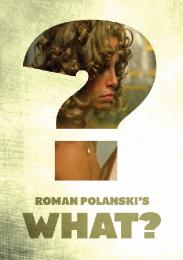























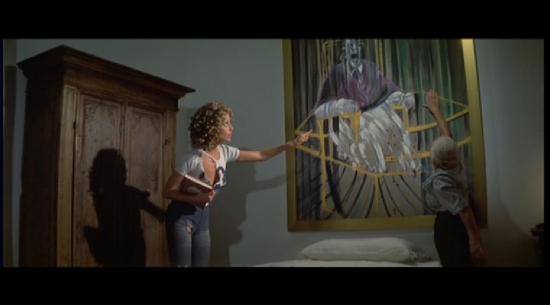
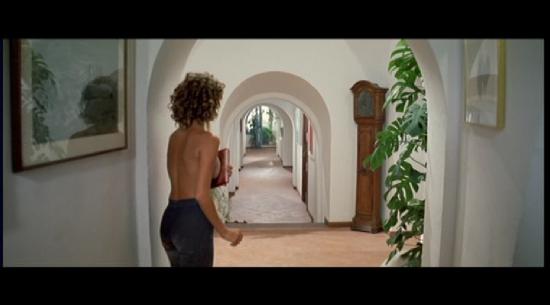
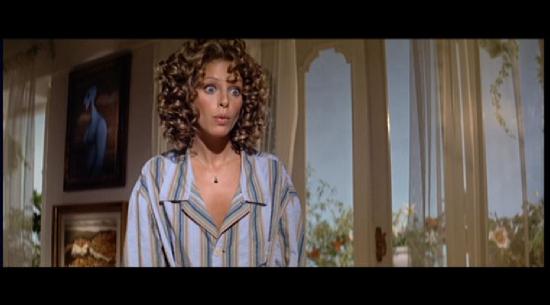
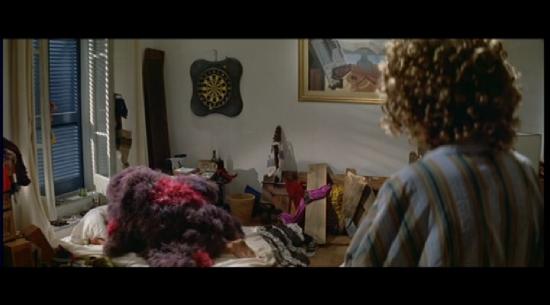
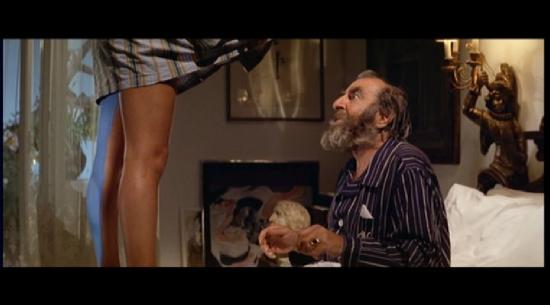

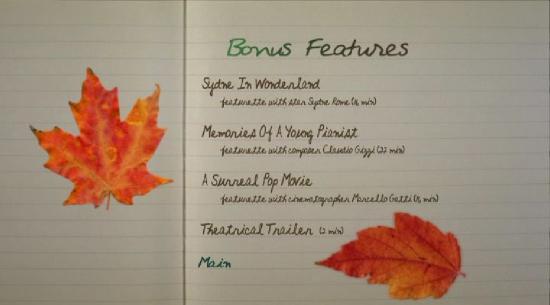
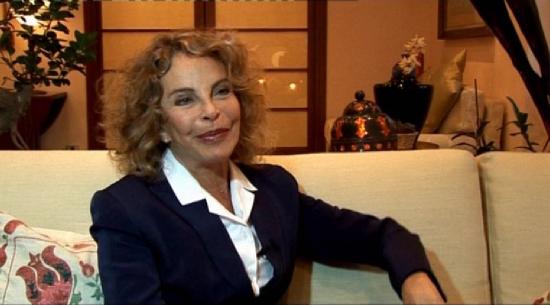
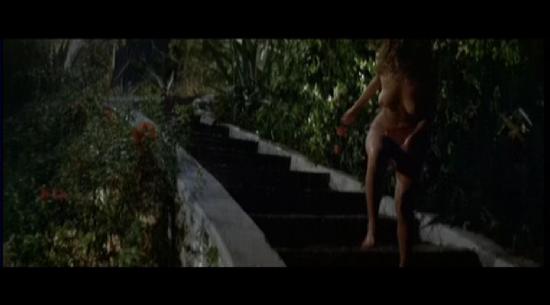
Your Opinions and Comments
It could have been a much darker film - Chinatown (1974) and The Tenant (1976) aren't exactly barrels of laughs, and it may be that the film's weird sense of humour is indicative of Polanski's sensibilities being skewed.
There's a story that Paramount's Robert Evans went after Polanski to direct Chinatown and found the director deep in the post-production of this movie. Polanski was so convinced that the movie was the best thing he had ever made that he'd sunk a load of his own money in buying a 50% share. Evans wanted the reluctant Polanski to return to Hollywood and offered a salary for directing Chinatown equivalent to the first week's takings for "What?" Polanski signed on the dotted line.
And "What?" took $64 in its first week.
There are a lot of weird, surreal movies from this late 1960s - early 1970s period notable for sort-of pervy moments and flashes of nudity. Stuff like Richard Benjamin's "Marriage Of A Young Stockbroker", Sharon Tate's last movie "12+1" and the like. The sort of stuff that used to get screened late on BBC1 or overnight on ITV and used to stir an impressionable young weirdo like myself.